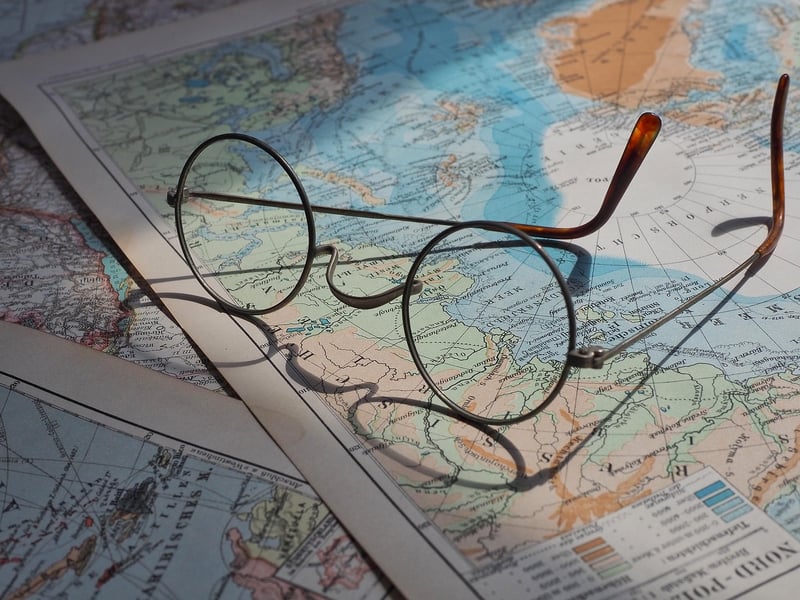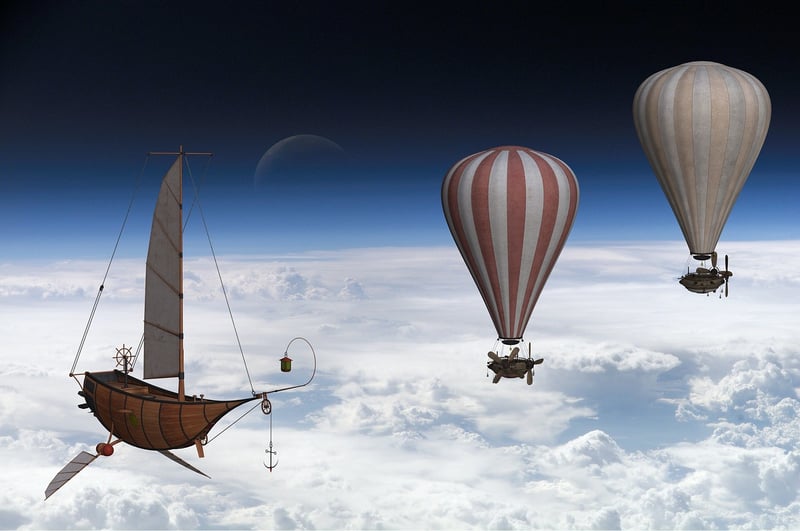Chrono-spatial Mapping
Unravel Time Mysteries with Chrono-Spatial Mapping
Time, a concept that has intrigued humans for centuries, holds many mysteries waiting to be unraveled. One fascinating way to explore these mysteries is through chrono-spatial mapping, a powerful tool that combines the dimensions of time and space to create a visual representation of historical events, patterns, and connections.
What is Chrono-Spatial Mapping?
Chrono-spatial mapping is a technique that integrates temporal and spatial data to analyze and represent historical information. By plotting events, movements, or changes on a map over time, researchers can gain valuable insights into the relationships between various phenomena.
How Does it Work?
Researchers collect data points related to time and location, such as historical events, migrations, or urban development, and input them into a mapping software. The software then visualizes this data through interactive maps, timelines, or animations, allowing users to explore temporal patterns and spatial relationships.
Applications of Chrono-Spatial Mapping
- Studying historical trends and patterns
- Tracking the movement of people, goods, or ideas over time
- Understanding the impact of environmental changes on societies
- Visualizing the evolution of cities and landscapes
Benefits of Chrono-Spatial Mapping
- Enhanced understanding of complex historical processes
- Identification of causal relationships between events
- Facilitation of interdisciplinary research and collaboration
- Engaging and interactive way to present historical data
Get Started with Chrono-Spatial Mapping
If you are interested in delving into the world of chrono-spatial mapping, there are various tools and resources available online to help you get started. Whether you are a historian, geographer, or data enthusiast, exploring the connections between time and space can offer new perspectives on the past and present.
Unravel the mysteries of time with chrono-spatial mapping and discover the hidden connections that shape our world!

Explore more about chrono-spatial mapping here.
